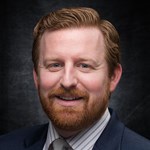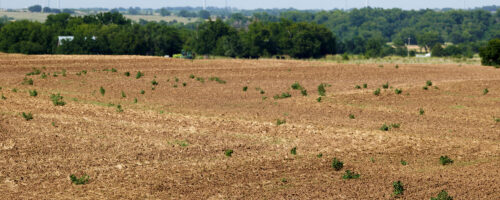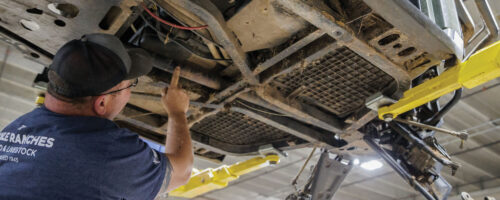The Great American Grazing Lands
Assisting the ranchers implement soil health principles here has the potential to regenerate ecosystems, make the land more drought resilient, improve wildlife habitat, and sequester carbon.
Right now, the windows are down and we’re cruising at a slightly illegal 78 miles per hour.
The whoosh of inflow whips Summer’s hair into a brunette whirlwind as my sweet wife harmonizes along with King George on a duet of You Look So Good in Love.
We’re cruising east along Interstate 80, crossing the width of Nebraska. Our two-week road trip to one of America’s most iconic landmarks — Mount Rushmore — is almost in our rearview mirror. Several hundred miles still separate us from home, but the sightseeing and selfies have given way to singing and a little self-reflection.
As my brown-eyed girl gleefully embraces Pandora’s next offering of Van Morrison, I can’t help but replay the freshly minted memories: journeying to the center of the earth (or roughly 500 feet down) on a slightly claustrophobic tour of Wind Cave, standing in awe at four giant faces carved with startling precision into the side of a mountain, and watching shooting stars while incased in the inky night of the Badlands. “Trip of a lifetime” doesn’t do the experience justice.
But there’s one more feature that stands out from our epic adventure, a perspective you can’t quite appreciate by flying: the expansiveness of the heartland. Until you drive it, you don’t realize just how great the Great Plains are.
No matter what road or byway we traveled, no matter what vista we marveled at, grazing animals quietly conducted their business nearby.
At Noble, we’ve been talking about helping ranchers achieve land stewardship for improved soil health in grazing animal production with lasting producer profitability. Did you catch that? Grazing animals. Which are on grazing lands. Why grazing lands? Simple. Potential impact.
Grazing lands spread across more than 654 million acres (roughly 41% of the continental US), making it the single largest use of land in the country. Grazing lands are in all 50 states, and there are more than 264,000 ranchers stewarding these acres. These ranchers raise grazing animals to generate nutrient-dense protein from a land that — for the most part — can’t produce a crop because of terrain or water availability.
These are intriguing facts, for sure, great for talking points. Then you drive more than 3,000 miles across these grazing lands, and you encounter reality for yourself. Somewhere between Don Williams’ Down the Road I Go and Stealers Wheel’s Stuck in the Middle with You, your awareness grows from understanding to appreciation then reverence.
Spend six days watching the Great Plains whisk by your windshield and you begin to grasp the critical nature of these lands. Its intricate ecosystems. Its ever-evolving palette of life.
Drive north through Kansas and see its chocolate-colored soil, keep going until you touch the rock formations textured like alligator skin in the Dakotas. What do you see almost every mile along the road? Bison. Cattle. Sheep. Goats. They are everywhere, interwoven into the fabric of the land and our country.
Mixed into the ocean of corn in Nebraska are farms dotted with Angus. Skim through the vast oceans of prairie or the rolling Black Hills in South Dakota and roaming — almost unfettered by fences — are herds of cattle, sheep and bison. Stand in the semiarid expanse of Wyoming, where iron oxide stains the soil a rusty orange, and there in the shadow of Devil’s Tower are more grazers.
No matter what road or byway we traveled, no matter what vista we marveled at, grazing animals quietly conducted their business nearby. This is why we at Noble chose to focus our energy on grazing animals and grazing lands.
Assisting the ranchers implement soil health principles here has the potential to regenerate ecosystems, make the land more drought resilient, improve wildlife habitat, and sequester carbon. Transforming tens of millions of these acres across the nation will buoy local communities and benefit the whole of society. Healthy soil, after all, is the foundation of a healthy world.
It’s an enormous job that Noble has undertaken. It’s nation-changing work. And it’s going to happen — down the road, just around the bend. Until then, I’ll listen to Summer and Ricky Van Shelton, and Just Keep It Between the Lines.



Comment